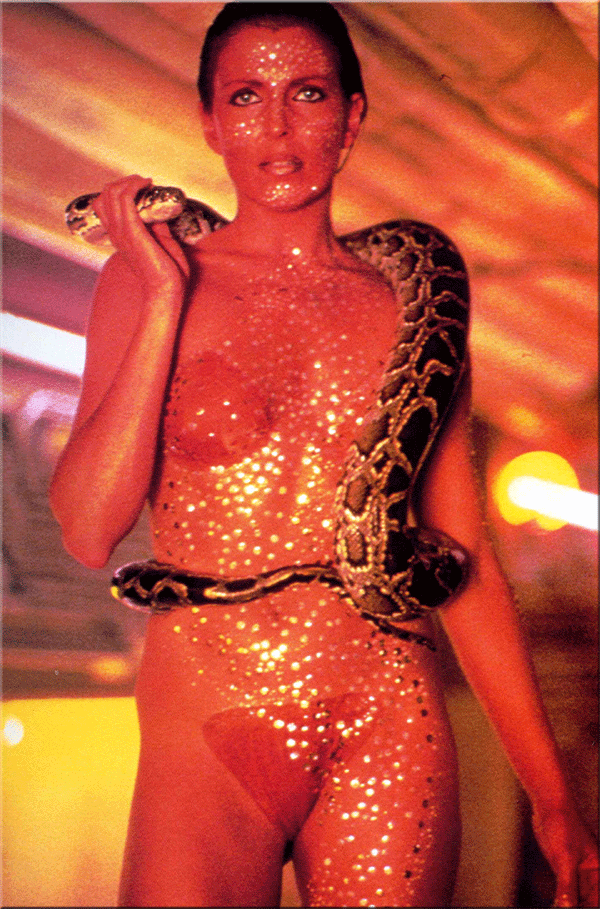Fisher: Blade Runner
So if all of this trouble is being cause by these androids, why do they make them? Why do they constantly improve them to be even more human? Why are the laws not changed to accommodate these anomalies? Why do we see that these androids have emotion and want to live? It is possible to determine if someone is an android by using the Voight-Kampff test, which measures bodily functions such as breathing, blushing, heart rate and iris and pupil dilation in response to emotionally provocative questions which should not trigger a response in a android. Which could lead us down another route in trying to determine what is human. In Blade Runner apparently a human is determined by its emotional responses according to the V-K test. However, we see Rachael (Sean Young) cry after we receive the knowledge that she is an android. Also, do our memories make us human? In Blade Runner, Rachel has memories that are apparently not her own and rather Tyrell's niece's, making her much less likely to be human. Yet at the end of the film it is demonstrated that the androids have memories of there own, and despite having a four year lifespan, they desire to live longer.
Roy Batty (Rutger Hauer)











